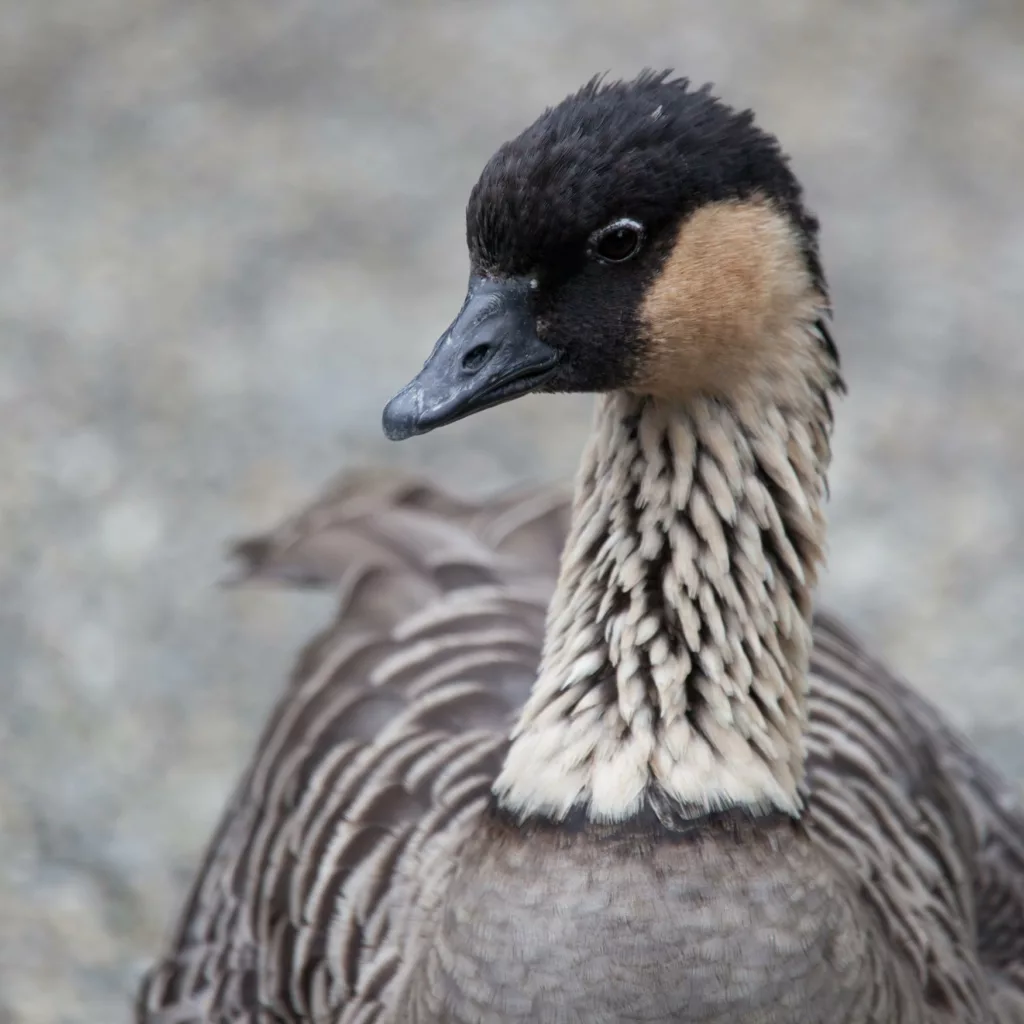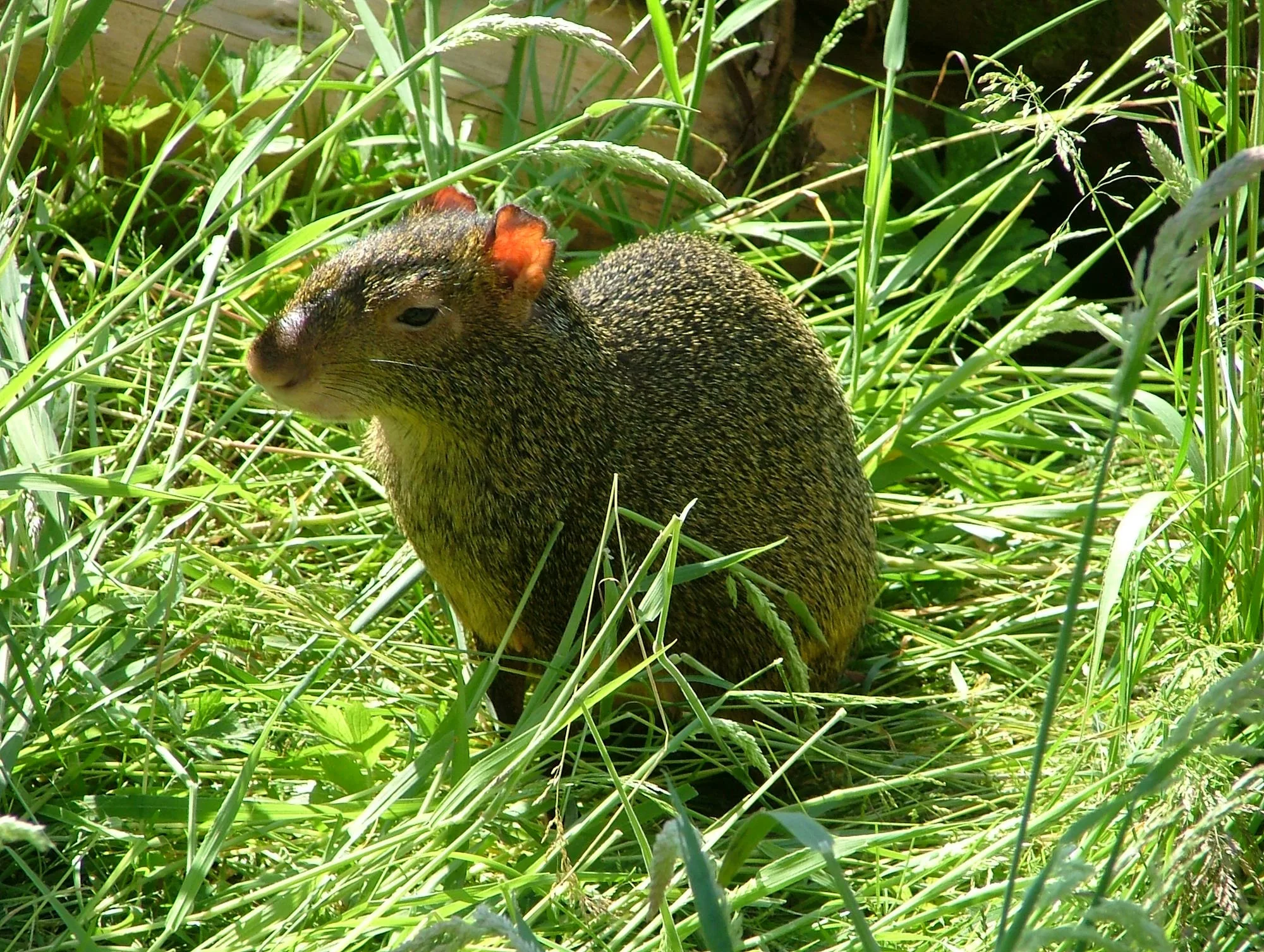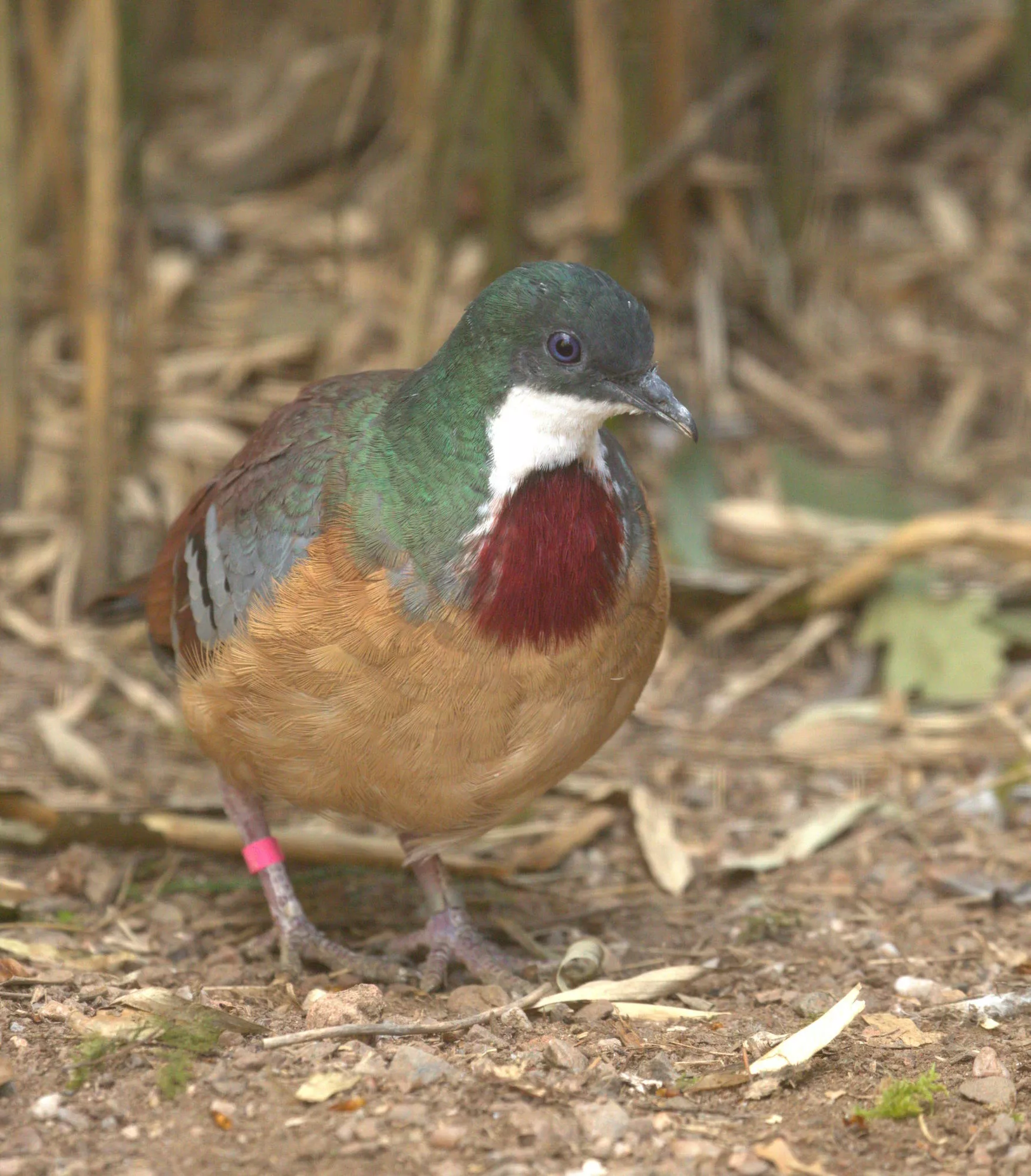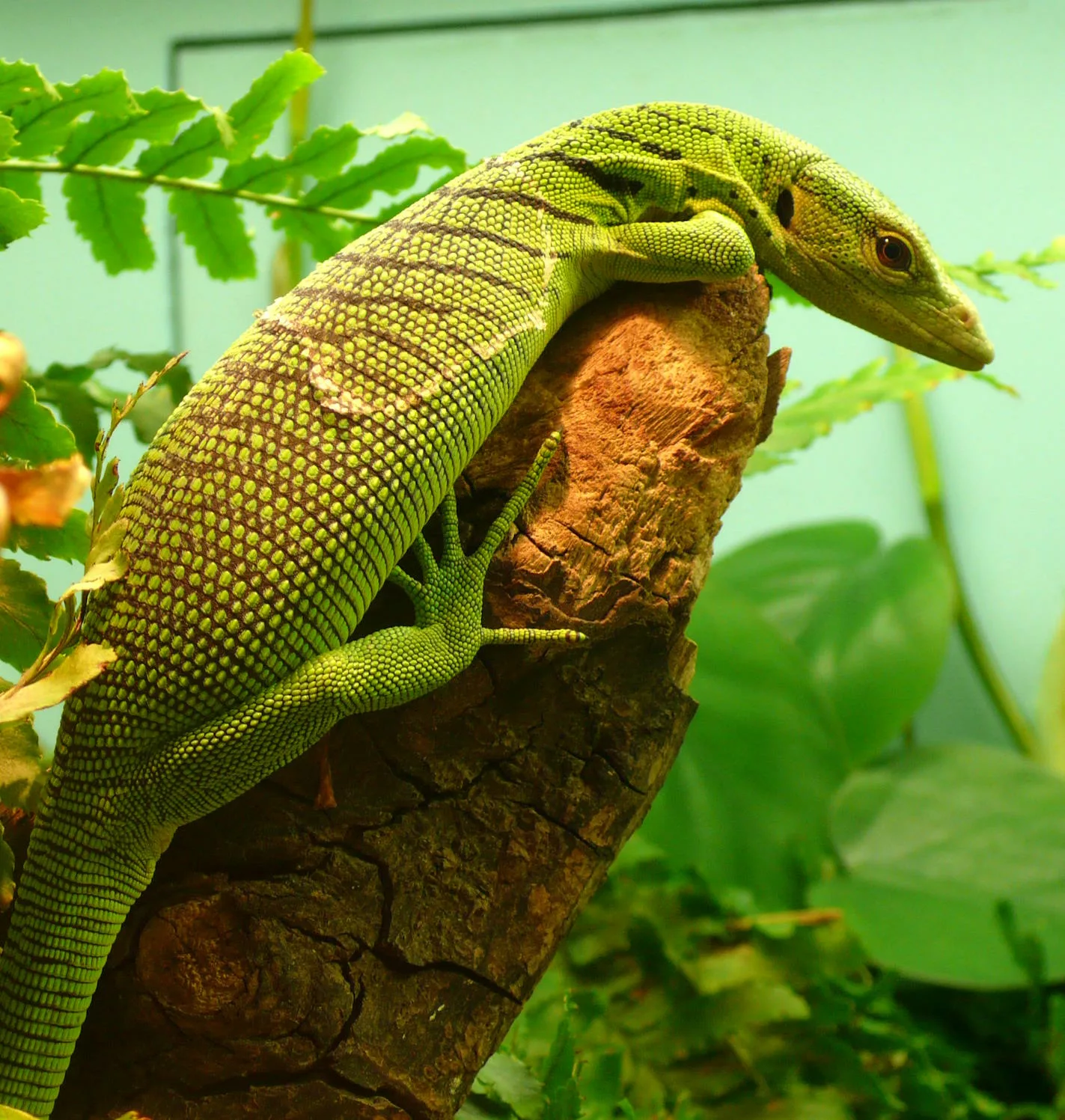
Hawaiian goose
Scientific name: Branta sandvicensis
IUCN listed as: Near Threatened
Learn before you visit!
Here are some facts about the species – Discover what they eat, find out about their natural habitat, see what they like to do, and more… Set the reading style to suit you too, everyday speak or something aimed towards children.
Child-friendly
Everyday
Diet
The Hawaiian Goose, or Nēnē, is primarily herbivorous, feeding on a variety of plant materials. Its diet includes leaves, grasses, berries, flowers, and seeds. They often graze on the ground, using their strong bills to pull up and consume vegetation. In their natural habitat, they contribute to seed dispersal, aiding in the growth of native plants. This dietary habit not only supports their nutrition but also plays a significant ecological role in maintaining the health of their environment.
Hawaiian Geese eat plants like leaves, grasses, berries, and seeds. They graze on the ground and help spread plant seeds. This diet keeps them healthy and supports their environment. They use their strong beaks to eat the plants they find.
Breeding
Hawaiian Geese are monogamous, forming life-long pair bonds. The breeding season extends from August to April, with a peak between October and March. Nests are shallow scrapes in the ground lined with vegetation and down, typically hidden by grass or rocks. Females lay 2-5 eggs, which they incubate for about 30 days. Goslings are precocial, meaning they are relatively mature and mobile shortly after hatching, but they remain with their parents for up to a year.
These geese stay with the same mate for life. They lay eggs in nests on the ground, and the mother keeps the eggs warm. The babies can walk and eat soon after hatching but stay with their parents for a year. This helps them grow strong and learn how to survive.
Habitat
Hawaiian Geese inhabit a variety of environments, including coastal dunes, grasslands, and volcanic slopes. They can be found from sea level up to 2,400 meters in elevation. Historically, they migrated between lowland breeding areas and montane foraging sites. Despite their adaptability, habitat loss and fragmentation pose significant threats. Conservation areas and protected habitats are crucial for their continued survival.
Hawaiian Geese live in many places, like beaches, grasslands, and volcanic areas. They can live high up in the mountains or near the sea. They used to move between different areas to find food and nest. Protecting their habitats is important to keep them safe.
At the zoo
In zoos, Hawaiian Geese are housed in enclosures that mimic their natural habitats, including areas with grass and water features. Their diet in captivity is carefully managed to include greens, grains, and other plant materials similar to their wild diet. Zoos play a crucial role in conservation by participating in breeding programs and educating the public about the species. Successful breeding in captivity has been instrumental in increasing their population and reintroducing them into the wild. These conservation efforts are vital for the survival of this species.
In zoos, Hawaiian Geese live in places that look like their natural homes. They eat similar foods as they would in the wild. Zoos help protect these geese and teach people about them. Breeding programs in zoos help increase their numbers.
Behaviour
The Hawaiian Goose is a diurnal bird, active during the day and resting at night. They are highly social and live in family groups, often forming flocks of up to 30 birds. These geese are capable of flight, although they spend most of their time on the ground. Their social structure includes complex vocalisations used for communication and establishing dominance within the group. They are also known for their distinctive, low, plaintive calls.
These geese are active during the day and rest at night. They live in groups and are very social. They can fly but often stay on the ground. They make special calls to talk to each other and keep their group organised.
Fun facts
- Hawaiian Geese have been Hawaii’s state bird since 1957.
- They evolved from Canada geese about 500,000 years ago.
- Their diet helps spread seeds and support the environment.
- They form life-long pair bonds with their mates.
- These geese are capable of flight but spend most of their time on the ground.
- They have been Hawaii’s state bird since 1957.
- They came from Canada geese long ago.
- They help plants grow by spreading seeds.
- They stay with the same mate for life.
- They can fly but often walk on the ground.
More animals to discover at our zoo
Quick Links
Tickets & Prices
You can buy tickets for Exmoor Zoo securely online, as well as finding out more price options, discover offers, and more…
What’s on…
Exmoor Zoo hosts incredible Events all through the year. You can find out about what we’ve got in store here…
Routes & info
Like any great discovery, Exmoor Zoo can feel a little off the beaten path – but don’t worry – you can plan your journey with our recommended routes and other useful travel info.



























